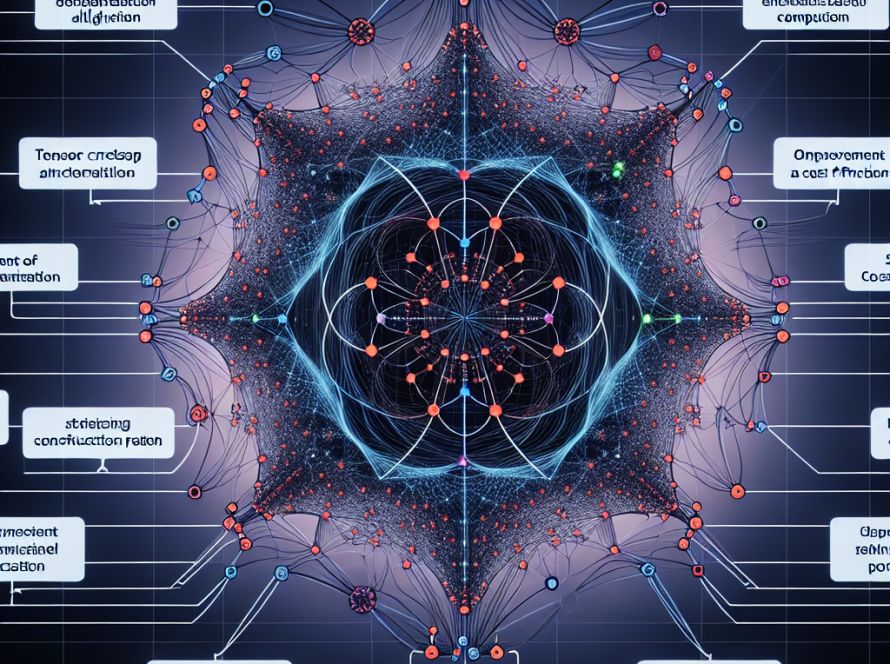The fusion of text and visual components has transformed daily routines, such as image generation and element identification. While past computer vision models focused on object detection and categorization, larger language models like OpenAI GPT-4 have bridged the gap between natural language and visual representation. Although models like GPT-4 and SORA have made significant strides, transforming text into vibrant visual settings remains a challenge for AI.
Researchers from Stanford University, Seeking AI, University of California, Los Angeles, Harvard University, Peking University, and the University of Washington, Seattle, have addressed this issue with the development of VisionGPT-3D. This comprehensive framework merges cutting-edge vision models including SAM, YOLO, and DINO. It streamlines model selection and maximizes outcomes for a variety of multimodal inputs through automating the selection process. VisionGPT-3D focuses on reconstructing 3D images from 2D models by using a mixture of methods like multi-view stereo, structure from motion, depth from stereo, and photometric stereo. The process encompasses depth map extraction, point cloud creation, mesh generation, and video synthesis.
The VisionGPT-3D framework implementation begins with generating depth maps providing essential information for the relative distance of objects within a scene. Creating a point cloud from the depth map is the next step, which involves defining primary depth regions, object boundaries, noise filtering, and surface normal computing to precisely represent the scene’s geometry in 3D. Object segmentation within the depth map is highlighted, employing algorithms to effectively delineate objects within the scene, allowing for selective manipulation and collision avoidance.
Following point cloud creation, the process moves on to mesh formation. It uses algorithms like Delaunay triangulation and surface reconstruction techniques to create a surface representation from the point cloud. The generated mesh is validated using methods including surface deviation analysis and volume conservation to assure its accuracy and fidelity to the original geometry. The process concludes with generating videos from static frames, which is validated to ensure color precision, frame consistency, and fidelity to the intended visual depiction.
The VisionGPT-3D framework integrates several vision models and algorithms to promote the growth of vision-based AI. It produces optimal results using diverse multimodal inputs like text prompts and uses an AI approach to select suitable object segmentation algorithms based on image characteristics. The framework guides the choice of 3D mesh creation algorithms based on 2D depth map analysis, and then validates the consistency of these algorithms using the VisionGPT-3D model.
In conclusion, the VisionGPT-3D framework merges AI models and traditional vision processing methods to optimize mesh creation and depth map analysis algorithms according to specific user needs. The framework trains models to select the most suitable algorithms at each phase of transforming 2D images into 3D. Limitations in non-GPU environments are addressed by optimizing algorithms based on a low-cost generalized chipset to enhance efficiency and prediction precision while lowering training costs.


